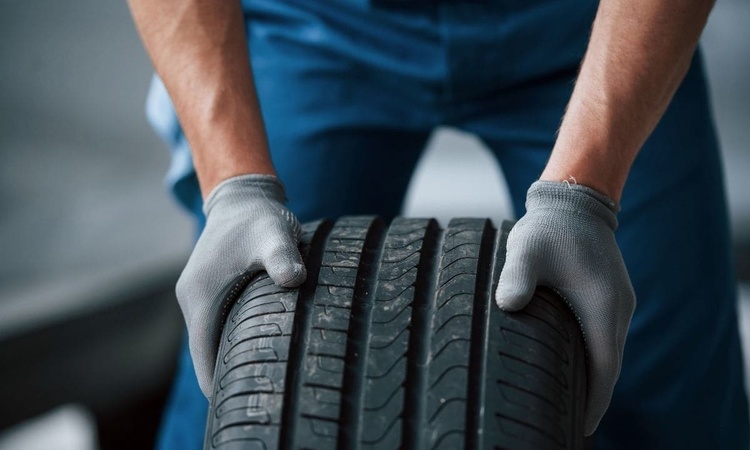How to spot early signs of brake and suspension wear
Early detection of brake and suspension wear can prevent costly repairs and improve safety. By learning the common symptoms—unusual noises, pulling, vibration, uneven tire wear, or soft pedal feel—you can schedule timely inspection and maintenance. This overview explains practical checks, what to watch for during routine service, and how related systems like tires, alignment, and diagnostics can reveal underlying problems.

How do brakes show wear?
Brakes often give clear clues before failure. Listen for grinding, squealing, or metallic scraping when applying the pedal; these sounds commonly indicate worn pads or exposed rotors. A soft or spongy brake pedal can signal air in brake lines, low brake fluid, or worn components that need diagnostics. Uneven braking, where the car pulls to one side, may reflect caliper issues, brake hose collapse, or uneven pad wear. Regular inspection of pads, rotors, fluid, and basic diagnostics during oil or filter service helps catch problems early and maintain braking efficiency.
What suspension signs indicate problems?
Suspension wear affects ride comfort and handling. Sagging ride height, excessive bouncing after hitting a bump, or a thumping noise over road imperfections often point to worn shocks, struts, or broken springs. Steering instability, increased body roll in corners, or vibrations transmitted through the chassis can indicate failing suspension bushings or mounts. Suspension issues also increase tire wear and can affect alignment, reducing fuel efficiency and aerodynamics. Periodic visual checks for leaking shocks, cracked bushings, or damaged mounts during routine maintenance and rotations are practical preventive measures.
Could tires and alignment reveal brake or suspension issues?
Tire condition and alignment are strong indicators of underlying brake or suspension problems. Uneven wear patterns—cupping, feathering, or one-sided tread loss—can stem from misalignment, bad shocks, or imbalanced rotations. A vehicle that vibrates or pulls at speed may need alignment or wheel balancing; left unchecked, these problems place extra strain on brakes and suspension components. Regular tire rotations, alignment checks, and monitoring tire pressure not only extend tire life but also give an early warning of suspension degradation or steering component wear.
When should you schedule inspection and diagnostics?
Schedule inspections at first notice of symptoms and as part of scheduled maintenance intervals. If you detect noises, pedal changes, unusual steering behavior, or visible fluid leaks, prioritize a diagnostic inspection. Many shops offer brake inspections during oil or filter service, and a full suspension check every 12,000–24,000 miles or sooner for rough-road use. Diagnostics may include visual inspection, test drives, brake fluid checks, and computerized scans to identify electronic stability or ABS faults. Early diagnostics reduce the chance of cascading failures that affect belts, battery strain, or overall efficiency.
How does regular maintenance improve efficiency and component life?
Routine maintenance—timely oil and filter changes, belt checks, battery tests, and brake fluid replacement—keeps systems working as designed and helps prevent secondary damage from worn parts. Well-maintained brakes and suspension preserve stopping power, reduce rolling resistance, and contribute to fuel efficiency by keeping tires properly aligned and inflated. Proper maintenance also helps aerodynamics remain consistent by ensuring suspension geometry is within spec. Keeping maintenance records and performing scheduled rotations and inspections improves safety and lowers long-term ownership costs.
What simple checks can vehicle owners perform?
Owners can perform several effective visual and tactile checks between professional services. Look under the car for leaks, check tire tread and pressure, and notice changes in steering feel or pedal feedback during a routine drive. Bounce each corner of the car to evaluate shock response—excessive rebounds suggest worn shocks or struts. Listen for unusual noises over bumps or during braking, and check belts for cracks and batteries for secure connections. If any abnormal signs appear, arrange a professional inspection; timely action preserves braking and suspension components and avoids more extensive repairs.
Conclusion Recognizing early signs of brake and suspension wear relies on attention to sounds, handling, tire condition, and basic checks you can perform at home. Integrating these observations with scheduled maintenance—oil and filter changes, rotations, alignment checks, and diagnostics—helps maintain safety and efficiency. Regular inspections detect issues early, protect related systems such as belts and battery, and reduce the likelihood of sudden failures on the road.





